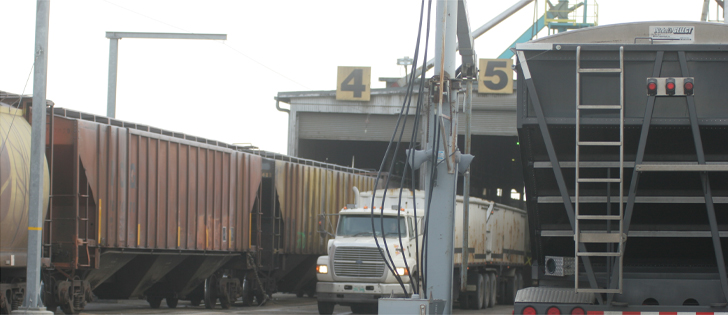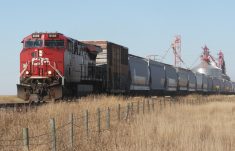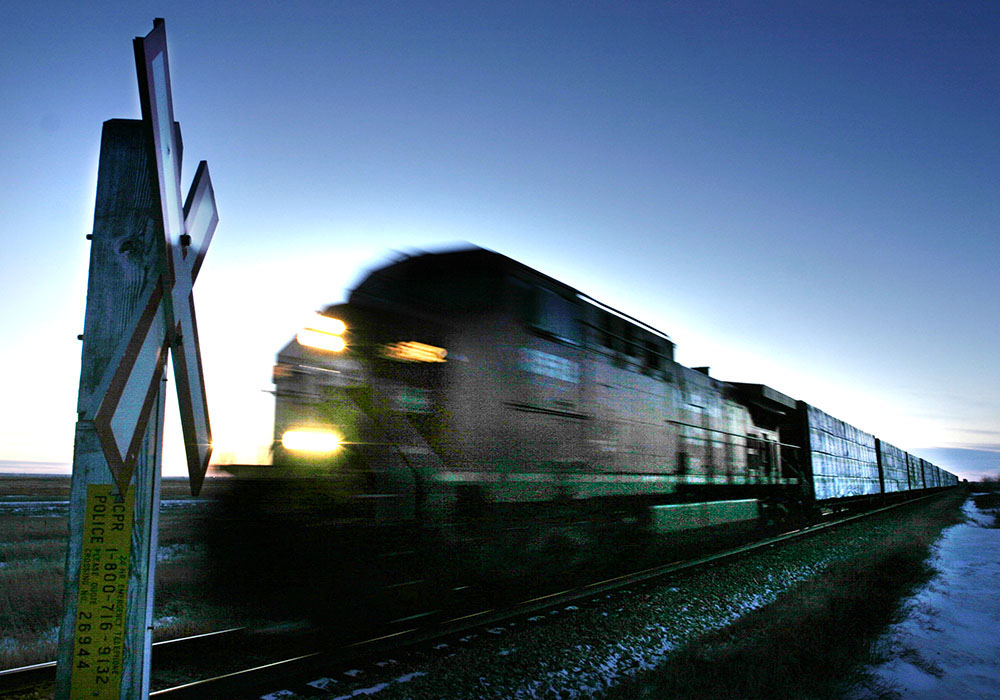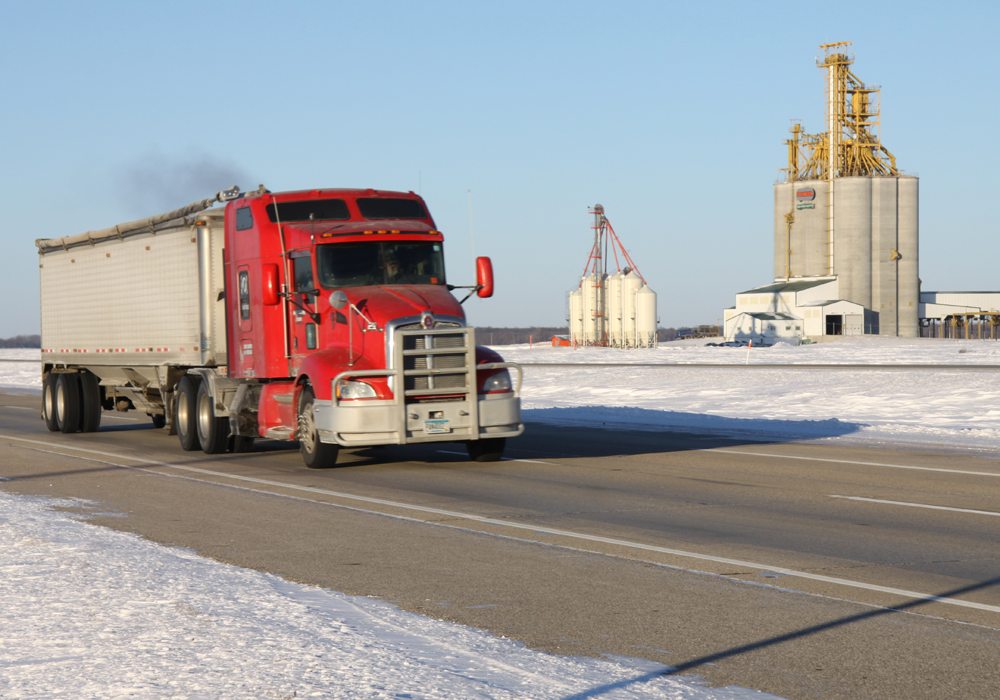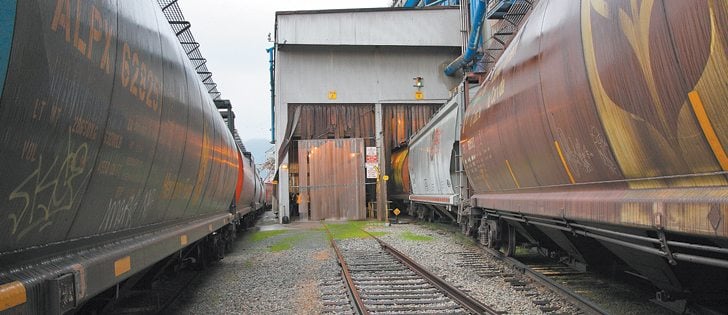Canadian agricultural organizations have proposed amendments to the federal transportation modernization act even as they urge swift passage and royal assent.
The amendments, developed through the Crop Logistics Working Group, were presented to the House standing committee on transportation last week. The committee reconvened a week before Parliament’s regular sitting to hold hearings on Bill C-49.
Cereals Canada chief executive officer Cam Dahl told the committee that the nine technical amendments would improve railway accountability and transparency. Western grain growers are still smarting from the 2013-14 backlog that cost them an estimated $5 billion and damaged Canada’s reputation.
Read Also

Farming Smarter receives financial boost from Alberta government for potato research
Farming Smarter near Lethbridge got a boost to its research equipment, thanks to the Alberta government’s increase in funding for research associations.
Dahl said he still gets questions about Canadian logistics when he travels to other countries.
“We cannot afford another one,” he said of the backlog. “We have a large crop to move (this year) despite the drought conditions.”
The grain sector wants amendments related to the data railways would be required to publish. It says the information should be made public by the Canadian Transportation Agency within two days of receipt rather than the proposed seven, that the carriers should report within five days of the end of a reporting week, not 14, and that these provisions should come into effect 60 days after royal assent, not one year.
Norm Hall, first vice-president of the Canadian Federation of Agriculture, said one year is too long.
“That’s ridiculous,” he said in an interview after appearing at committee.
Farmers also want the railways to provide operational plans to the transport minister so the entire value chain can properly plan.
The other recommendations deal with long-haul interswitching, known as LHI, a proposal designed to replace the extended 160-kilometre interswitching in previous, temporary legislation with 1,200 km.
Several witnesses noted that the bill should be clarified to ensure that LHI orders consider the reasonable direction of traffic and its destination.
Currently, the legislation states shippers aren’t entitled to apply for LHI if they are within 30 kilometres of an interchange.
The crop logistics working group noted that discriminates against grain elevators serviced by two railways.
“Shippers need to be able to access interchanges that make the most logistical and economic sense, not necessarily the interchange that’s the closest,” said Wade Sobkowich from the Western Grain Elevators Association.
He said the provision is of little or no value if the nearest interswitch takes traffic in the wrong direction.
The grain industry also wants commercial competitive rates for LHI determined by costs, not revenue as the act states.
“The local rates may not be commercially competitive due to the monopoly power held by carriers at single points,” noted a background paper submitted to the committee.
Sobkowich said basing the rates on historical revenue would enshrine monopoly rate setting.
Spokespersons for Canada’s two Class 1 railways spoke against LHI, saying they would lose market share to American carriers.
Jeff Ellis, chief legal officer at Canadian Pacific Railway, said the company wasn’t a fan of extended interswitching under the previous Fair Rail for Grain Farmers act, but doesn’t like LHI either.
He said moving a significant amount of revenue to U.S. railroads while NAFTA is being renegotiated “strikes us as an unwise public policy choice.”
Canadian National Railway’s vice president of corporate development and sustainability Janet Drysdale said railways are most profitable on long hauls and would be hesitant to hand traffic over to a competitor that offers a lower rate because it gets the longer haul. She said shippers aren’t captive to one mode of transportation if trucking is available.
The bill as it stands would exclude LHI in the Vancouver-Kamloops corridor, as well as Quebec-Windsor.
Drysdale said another should be created to include shippers located within 250 km of the Canada-US border.
“That would mean between half and two-thirds of the Prairie grain would not be eligible for interswitch,” Hall said. “That’s unacceptable.”
Murad Al-Katib, who heads AGT Foods and was a member of the CTA review that ultimately led to Bill C-49, said there is angst among shippers because they don’t understand if LHI can actually be implemented.
“It can be an effective mechanism to combine both the interswitching and the competitive line haul rates,” he said, but there has to be expedited renewal of orders to keep traffic moving.
Grain industry spokespersons urged quick passage of the legislation.
Jeff Nielsen, president of Grain Growers of Canada, said his members are happy with the intent of the bill but want minor amendments. In addition to the technical amendments, the industry has asked for soybeans to be included in Maximum Revenue Entitlement calculations.
Contact karen.briere@producer.com




